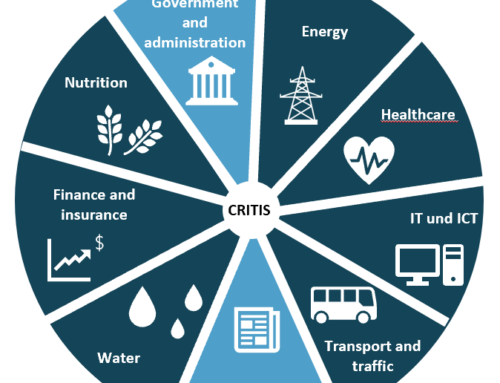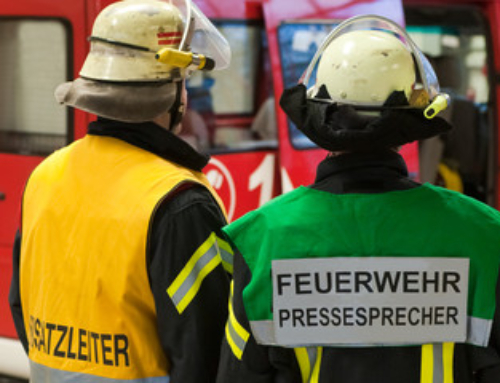In many places, life with and after SARS-Covid-19 is currently being described as the new normal. But much of what is supposed to be “new” is not so new. I dare to take a look back.
The call of the tower guard: “Close the gates” announced imminent danger. The “lockdown” was the consequence.
Isolation and waiting (historically: quarantine = 40 (itl. quaranta) days waiting period for ships entering the port of Venice to protect the narrow city from epidemics) were always the first step to ward off an epidemic. So far, nothing new.
But behind the term “New Normal” lies the question of how to shape the future. And not just in dealing with a pandemic event. In terms of business processes, this means formulating modified requirements for business continuity management (BCM).
Because closing the gates and waiting will have consequences: Necessary movements of people and goods are interrupted or severely restricted. Everyone who is besieged “in his castle” has always been aware that his ability to hold out depends on his own ability to improvise and his stockpiled resources. It is always a temporary scenario.
What can we learn from this for the design of a “New Normal”?
The solution could be to combine proven strategies with the demands of a globally networked economy. One possibility is the formation of “handling clusters.” In these clusters, areas are grouped together locally that need to act directly with each other. It is not important what type of activity is involved or what services / goods are produced or processed, but only that they represent a “building block” for a business process. The clusters (rooms, employees, materials, …) are subjected to risk monitoring. Depending on the requirements, the transfer to the next “handling cluster” takes place via a “security gate” which represents a protection mechanism for the next cluster. In the end, the affiliation to a team, a company or a country is irrelevant if the standards are aligned. Incidentally, this is an age-old approach from the intelligence field: If information is kept in small clusters and the transitions to other clusters are secured and controlled, it is not only possible to trace the distribution chains of viruses, but also to prevent the dissemination of secret information.
In addition, there is “Continuity Oriented Resource Management”, which used to be known as task-related stockpiling. Not too much and not too little for each building block of an overall process.
Success will remain with those who balance their BCM as any castle lord would have done.
The “New Normal” is ultimately a step back to move forward.
Risk provisioning only appears to stand in the way of efficiency/cost optimization. In fact, the opposite is true. This should be obvious to everyone after the lockdown. Because once again it becomes clear that anyone who thinks emergency provision is expensive will pay for an emergency.
We support you in shaping the “New Normal” with an in-depth risk assessment and comprehensive readjustment of your BCM. So that your flag continues to fly on your castle.
An article written by Gerd Osten, published on 24 May 2020
Translated by Charlotte Ley






